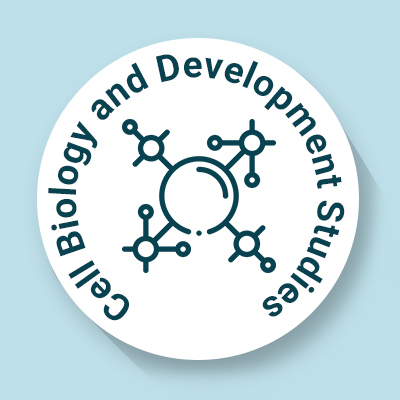
Cell Biology and Development Studies
OPEN ACCESS

OPEN ACCESS
Spatial genomics Refers to evaluating a cell’s a cell genomic information while preserving its biological context. A key principle of molecular biology is that structure determines function; the biological environment is essential for comprehending the significance and operation of cells’ genomics. Consequently, spatial genomics offers an ideal opportunity for molecular biologists aiming to grasp the biological significance of transcriptional dynamics within context. Spatial genomics represents a fresh amalgamation of conventional molecular biology methods, comprising standard immunofluorescence approaches, digital optical barcoding technologies, next-generation sequencing, and in situ hybridization, including cutting-edge NanoString single-cell imagining technology. These methods enable researchers to analyze transcripts in relation to their spatial context. The understanding of molecular function relies significantly on structural and positional context. Consequently, spatially resolved transcriptomics can provide a vital understanding of cellular function. The genomic DNA within a eukaryotic cell is extensively folded and arranged into chromatin formations inside the cell nucleus. While every cell in an organism consists of the same genome, there is a vast diversity in cellular function and morphology. Spatial genomics plays a crucial role in comprehending the connection between varying gene expression, genome arrangement, and the influence of epigenomes while preserving the positional context. Cancer research has greatly profited from the use of spatial genomics. For instance, numerous cancers are linked to genetic variations found in noncoding areas, and spatial genomics can offer an understanding of the impacts of non-coding genome modifications and epigenetic influences that may affect chromatin structure and help in the development of cancer. Biological systems are present in three-dimensional space. Importantly, the three-dimensional setting is essential for effective operation. Numerous molecular interactions demand that cells or molecules maintain a specific orientation in relation to each other. For instance, the attachment of ligands to an enzyme or the placement of notch and delta on neighbouring cells to trigger notch signalling in the target cell. Therefore, attention to spatial context is important for understanding the function of transcriptional dynamics during molecular processes.